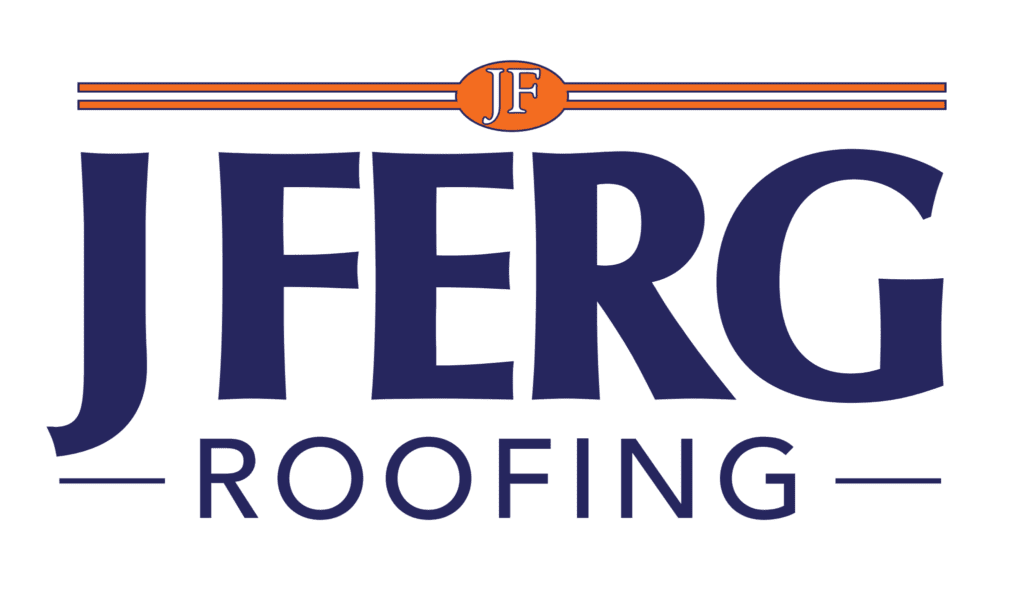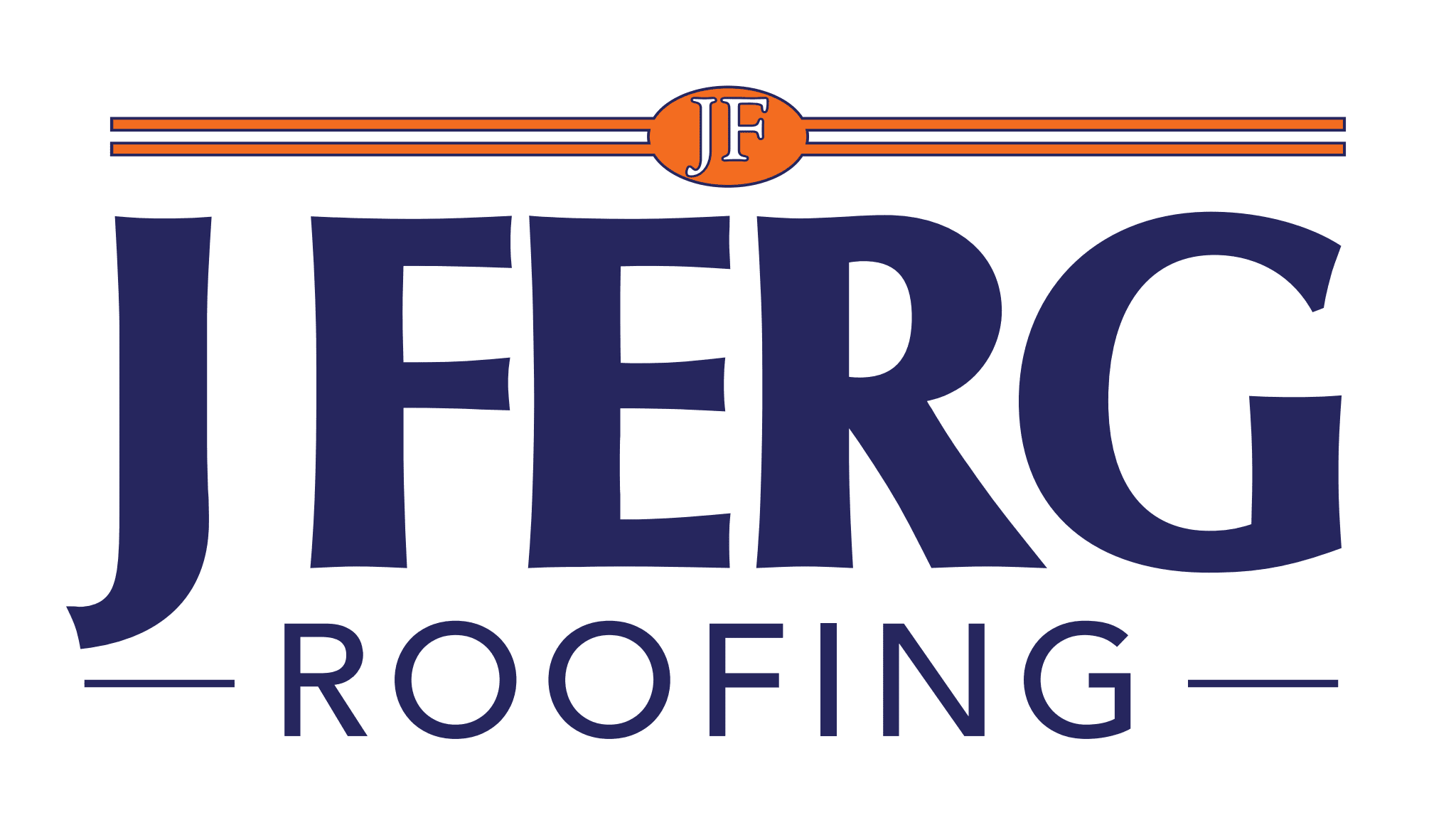J Ferg Knowledge Base
How Bad Weather Impacts Your Roof: A Comprehensive Guide
Your roof is the first line of defense against the elements and endures a lot throughout its lifespan. From scorching heat waves to torrential downpours, your roof acts as a shield, protecting your home and everything within it. One of the most significant challenges your roof faces is adverse weather conditions. In this blog post, we will explore how bad weather impacts your roof and discuss some crucial steps you can take to ensure its longevity.
Heavy Rain and Storms
Rainstorms can wreak havoc on your roof, especially with strong winds. Over time, constant exposure to heavy rain can cause shingles to deteriorate, leading to leaks and water damage. Improperly sealed flashing and inadequate gutter systems can also contribute to water infiltration. Regularly inspecting your roof for damaged shingles, clogged gutters, and loose flashing is essential to prevent water-related issues.
Hailstorms
Hailstorms pose a significant threat to your roof’s integrity. The impact of hailstones can cause cracks, dents, and even punctures in roofing materials. These vulnerabilities compromise the waterproofing capabilities of your roof and increase the risk of leaks. Following a hailstorm, it is crucial to thoroughly inspect your roof to identify any visible signs of damage. Seeking professional assistance to assess the extent of the damage is recommended.
High Winds
Strong winds are common during severe weather events such as hurricanes and tornadoes. These gusts can uplift shingles, loosen fasteners, and even tear off entire sections of the roof. Additionally, flying debris propelled by high winds can cause significant damage. Regular roof maintenance, including proper installation and periodic inspections, can help minimize wind-related issues. Reinforcing vulnerable areas such as the roof edges and corners can also enhance wind resistance.
Snow and Ice
Winter weather brings its own set of challenges for your roof. The weight of heavy snow accumulation can put excessive stress on the structure, leading to sagging or even collapse. Moreover, the freeze-thaw cycle can cause ice dams to form, obstructing proper drainage and allowing water to seep into the roof. Adequate insulation and ventilation are key to preventing ice dams. Promptly removing snow buildup, when safe to do so, can help reduce the load on your roof.
Extreme Heat
While it may not seem as immediate a threat as other weather conditions, extreme heat can gradually damage your roof. Prolonged exposure to intense sunlight can cause shingles to become brittle, leading to cracking and deterioration. Adequate attic ventilation and insulation can help regulate temperatures and reduce heat transfer. Periodic roof inspections and timely repairs or replacement of damaged shingles are crucial for maintaining your roof’s resilience in hot climates.
Invest in Your Roof With J Ferg
Your roof protects your home from the elements but is not invincible. Adverse weather conditions can affect its integrity, potentially leading to leaks, structural damage, and other costly issues. Understanding how weather patterns impact your roof and taking proactive measures can prolong its lifespan and maintain a safe and secure home.
Regular inspections, prompt repairs, and professional assistance, when needed, are crucial for addressing weather-related roof damage. If you suspect any issues or need guidance on maintaining your roof’s health, don’t hesitate to reach out to the experts at J Ferg, your trusted roofing company. Remember, investing in the care of your roof today will save you from larger headaches tomorrow.
Contact us today for expert advice, inspections, and repairs to ensure your home remains safe and secure throughout the July 4th holiday season.


